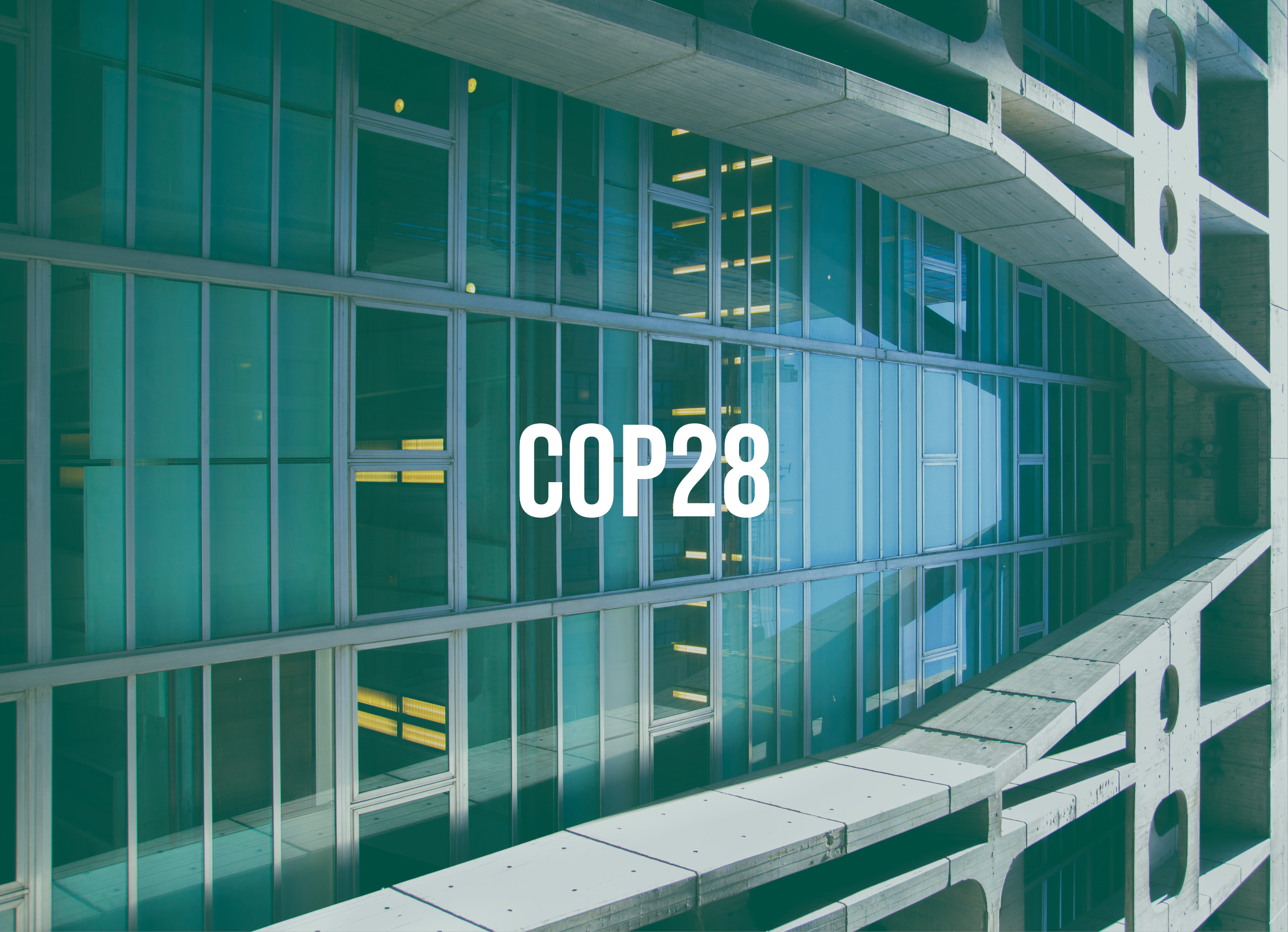The building industry is a significant contributor to global CO2 emissions with estimates by the International Energy Agency (IEA) showing that the buildings and construction sectors together account for approximately 39% of global energy-related CO2 emissions. This includes both operational emissions from energy use in buildings and embodied emissions from the construction and manufacturing of building materials.
Worryingly the emissions from the sector have also been on a rising trend as growth in urbanization, population, and building stock, especially in rapidly developing countries, has driven higher energy demand and associated emissions. What is more, the use of energy-intensive materials, inefficient building systems, and a lack of energy-saving measures have come together in a perfect storm that leads to rising emissions.
Inverting this trend will rely on policy frameworks, technological advancements, and the adoption of sustainable practices that can redefine the way we think about the buildings in which we live, work and play. This includes rethinking the way we certify the sustainability of buildings.
In fact, there is a growing recognition of the deep interconnection between decarbonization in the building sector and our ability to address climate change leading to increasing emphasis on energy-efficient building design, renewable energy integration, and sustainable building materials.
Governments and organizations worldwide are implementing policies and regulations to promote energy efficiency and low-carbon buildings. This includes building codes, energy performance standards, and financial incentives for sustainable construction practices. And it isn’t just about climate change but also about ensuring that the people living in cities, which are some of the most exposed to the impacts of climate change, lead healthier and more prosperous lives.
Fighting the urban heat island with sustainable buildings
As the world continues to warm urban communities are among those that are expected to feel the brunt of the warming. Built environments not only heat up more than natural ones but also retain that heat, meaning that there is no night-time cooling for example.
Urban greening is seen as one of the main ways of tackling the urban heat island effect but there are also new studies that explore the potential for sustainable building materials to act as urban coolers.
Things like light-colored or reflective materials, including cool roofs or reflective pavements, can reduce the absorption of solar radiation and heat by reflecting a greater portion of the sunlight back into the atmosphere. Or, green roofs and walls whereby vegetation absorbs and evaporates water through a process known as evapotranspiration, which helps cool the surrounding air. Green roofs and walls also provide shading and insulation, further reducing surface and ambient temperatures.
Regardless of the actual materials, sustainable building materials need to be incorporated into a broader sustainable urban design approach. Incorporating green spaces, tree planting, and integrating sustainable building materials into urban planning can create more shade, increase evapotranspiration, and improve air circulation, all of which help reduce the urban heat island effect.
By using sustainable building materials that address energy efficiency, thermal comfort, and environmentally friendly design principles, cities can reduce energy consumption, lower the heat island effect, improve air quality, and enhance the overall livability and sustainability of urban environments.
There is no one miracle material that will solve the issue of how we built our cities in a more sustainable fashion. Rather it is a matter of finding the right material in the right context. To this end there are a series of prominent experts and organizations that specialize in sustainable building materials.
Architect and designer William McDonough, pioneered the Cradle to Cradle approach which emphasizes the use of environmentally friendly materials and processes in building design. An approach that is also reflected in the mission of the Ellen McArthur Foundation which also looks at how to build more sustainably and in a circular way.
Certification systems
Governments and organizations worldwide are implementing policies and regulations to promote energy efficiency and low-carbon buildings. This includes building codes, energy performance standards, and financial incentives for sustainable construction practices. Leadership in Energy and Environmental Design (LEED) and Building Research Establishment Environmental Assessment Method (BREEAM) are two of the most widely used systems which assess and promote sustainable practices in the design, construction, and operation of buildings.
LEED was developed by the U.S. Green Building Council (USGBC) to evaluate and certify the sustainability performance of buildings which it does so by considering various aspects such as energy efficiency, water conservation, materials selection, indoor environmental quality, and innovation.
Mahesh Ramanujam, CEO of the U.S. Green Building Council describes it as having “revolutionized the way we think about buildings and communities by fundamentally reshaping the way we approach design, construction, operations, and maintenance”
ON the other hand, BREEAM is a certification system developed by the Building Research Establishment (BRE) in the United Kingdom and it assesses and rates the environmental and sustainability performance of buildings across various categories, including energy, water, materials, health, and wellbeing.
According to Alan Yates, Technical Director of BREEAM at BRE: “BREEAM sets the standard for best practice in sustainable building design, construction, and operation and has become one of the most comprehensive and widely recognized measures of a building’s environmental performance”
Yet for some these certification schemes fail to address some key issues. One of the most common is that LEED certification is based on predicted performance rather than actual measured outcomes and that it can be manipulated through design decisions without truly achieving sustainable performance.
In an interview for the New York Times, Henry Gifford, Energy Efficiency Consultant and author of Buildings Don’t Lie, claims that “LEED gives architects and building owners points for telling the computer they will save energy, not for proving they actually do save energy.”
In fact, some buildings that have scored highly on LEED criteria have been shown to be extremely energy inefficient.
A similar criticism has also been leveled at BREAM whereby design intent rather than the actual performance of buildings in terms of energy and water consumption during their operational phase are what is given priority.
Oliver Heath, Sustainable Architect and Designer also notes that “BREEAM is a valuable tool for raising the level of sustainability of the built environment. However, the emphasis on a certification at the design and construction stage can mean that environmental performance isn’t fully integrated into the project lifecycle.”
Certification schemes can help constructors gain tax credits, attract tenants, charge premium rents and project an image of environmental responsibility. However, there is often a gap between design and construction which leads to highly certified buildings that don’t necessarily do what they were designed for.
The key is bringing together policy and technology innovation that can meet the growing need, and demand, for sustainable buildings so that the cities of the future becomes bastions of sustainability and not vice-versa.






